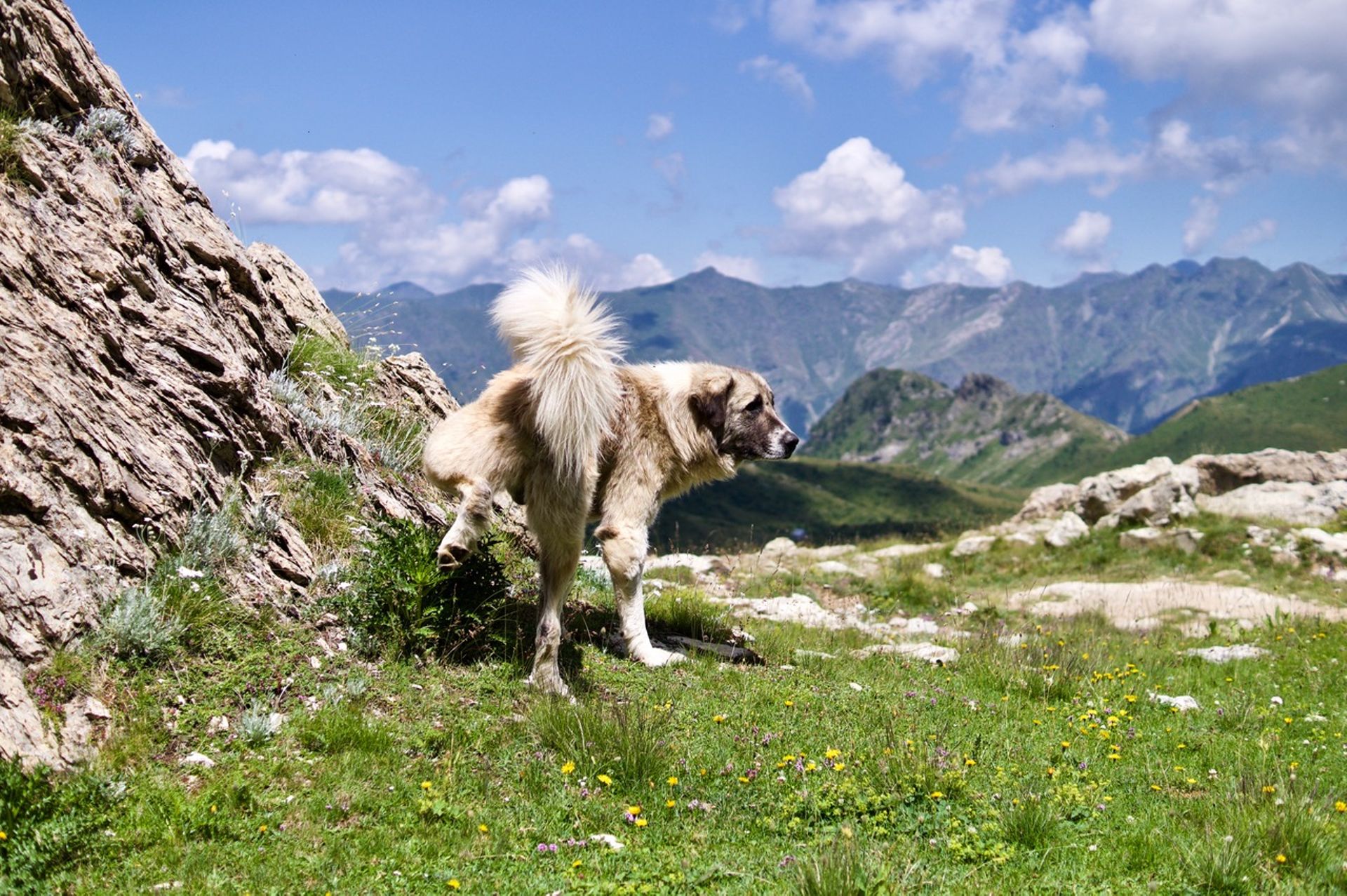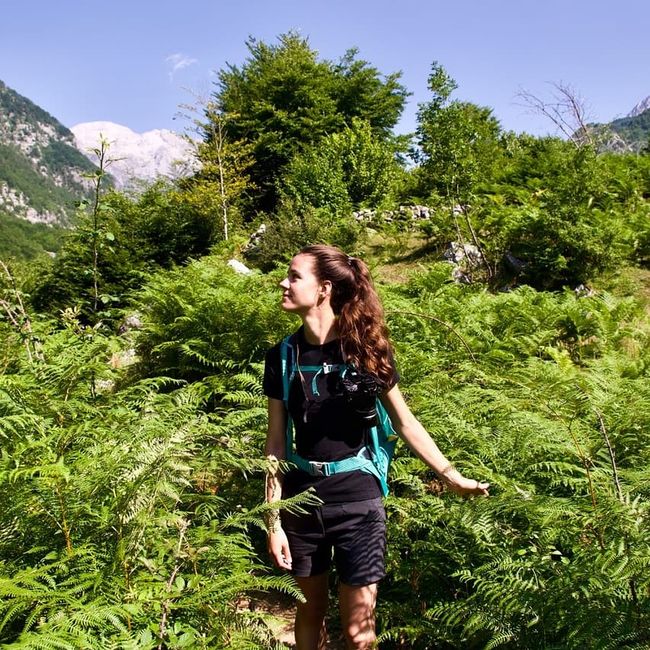Up and down on the Carretera Austral
منتشر شده: 15.03.2020
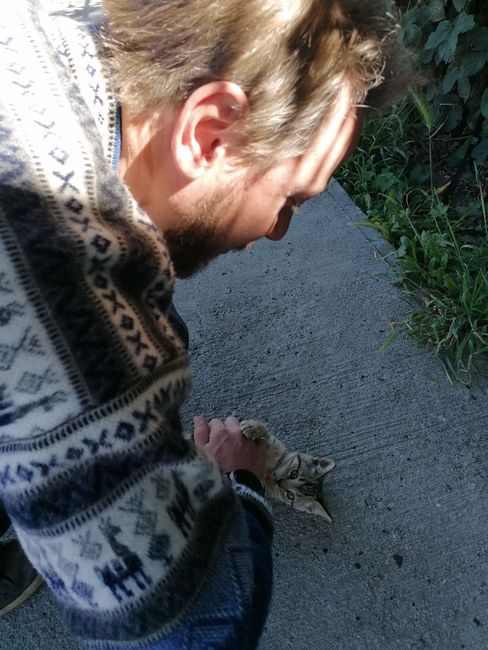
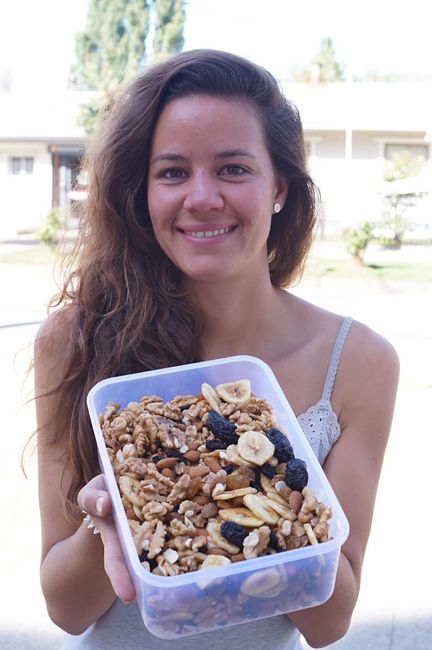
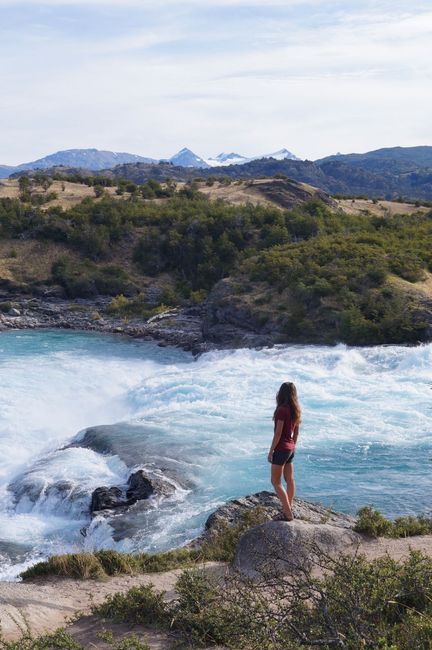
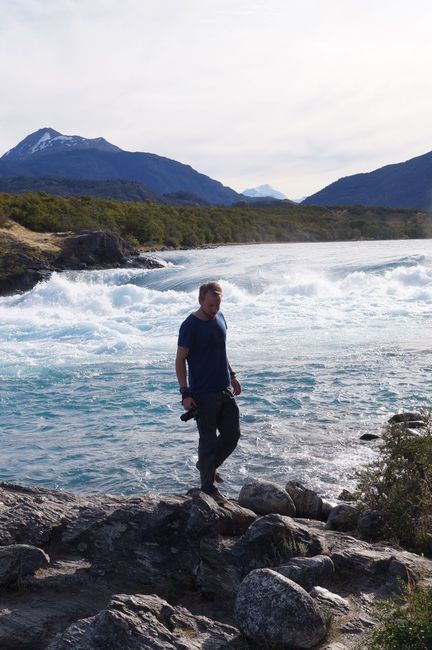
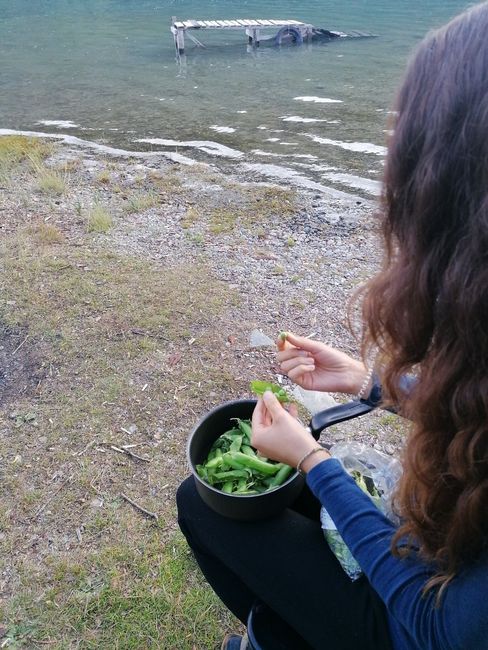
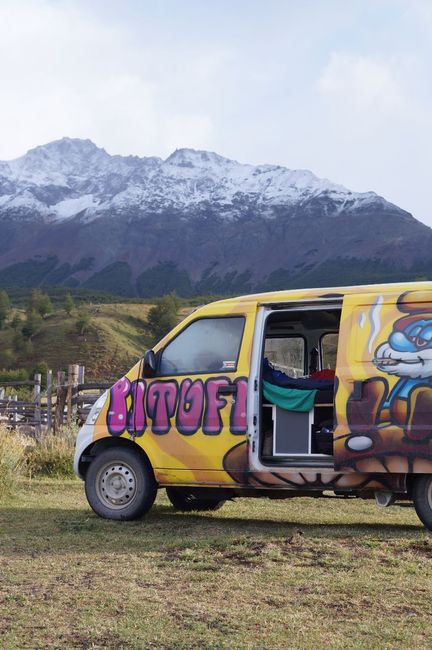
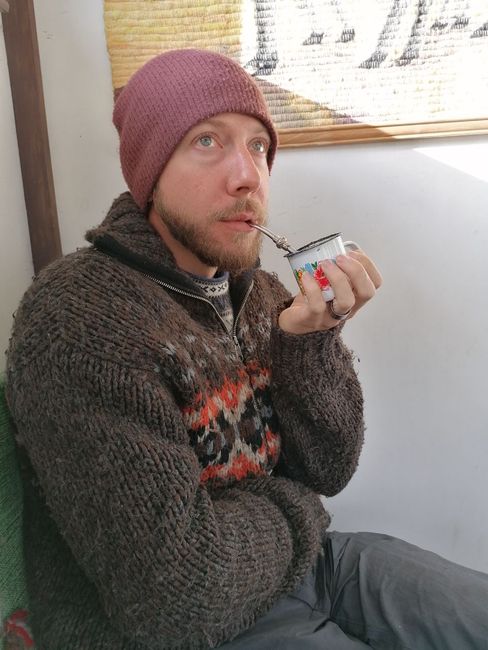
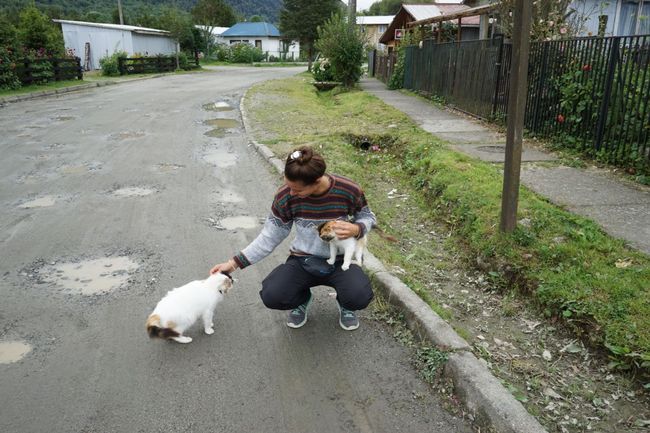
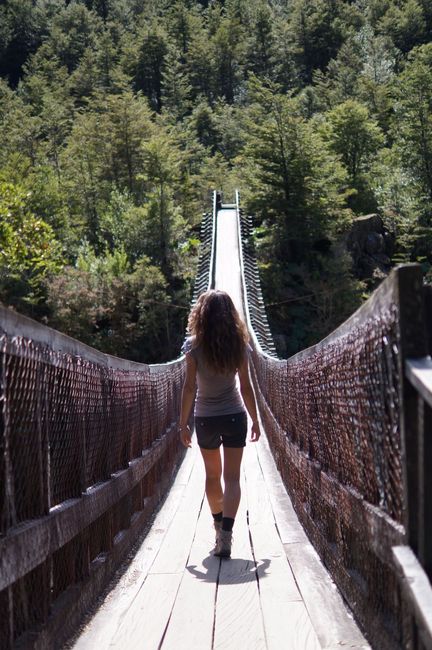
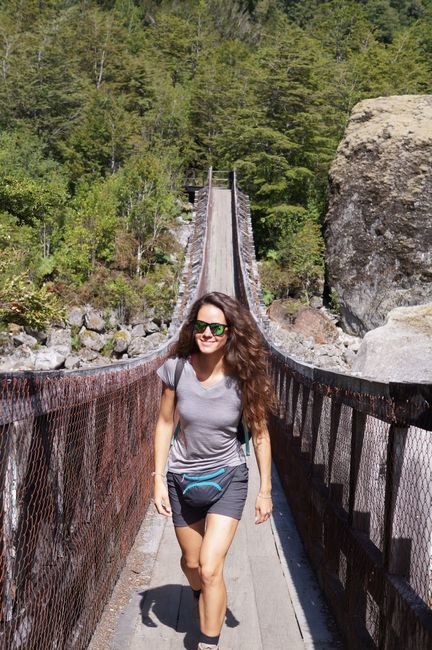
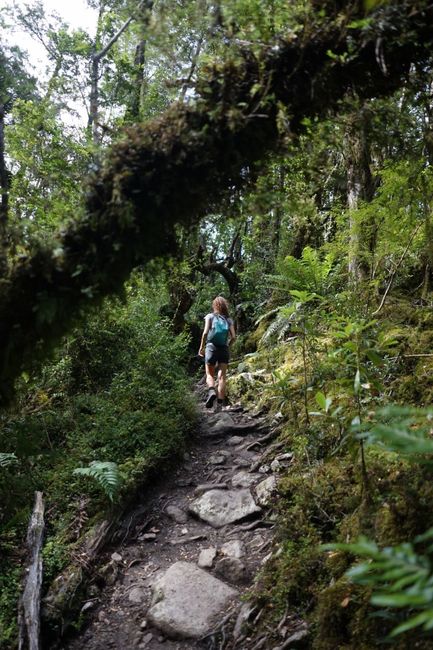
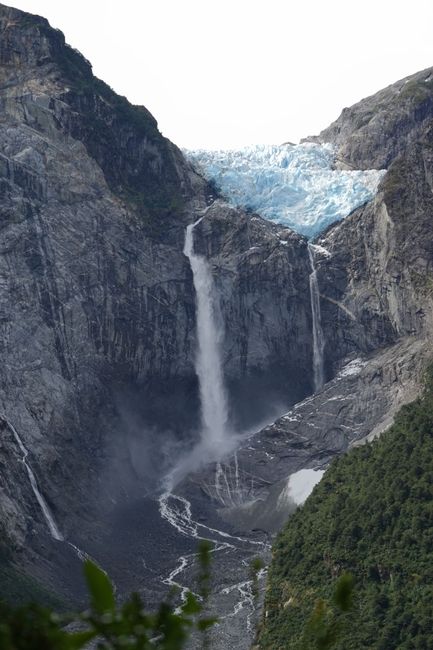
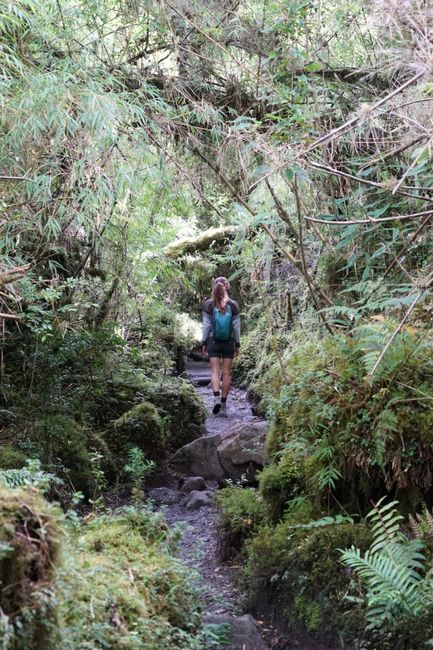
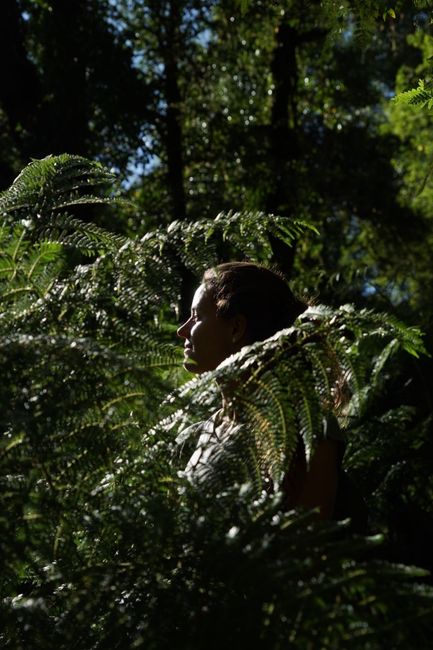

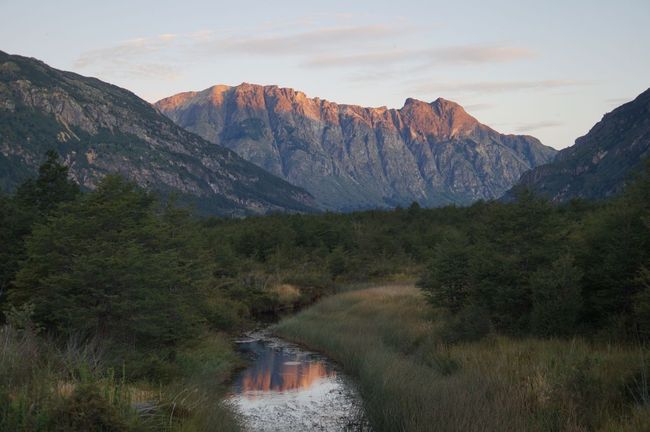
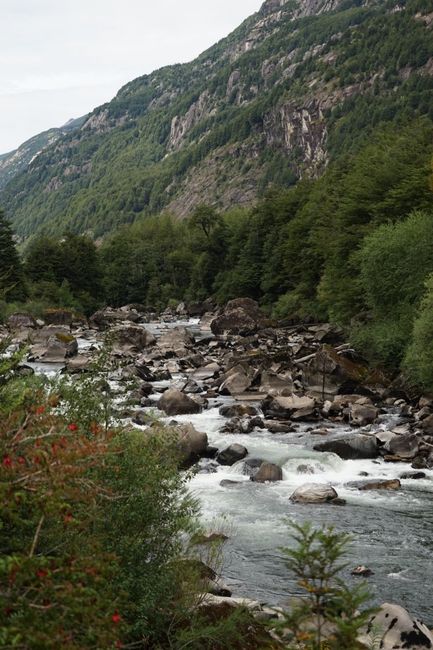
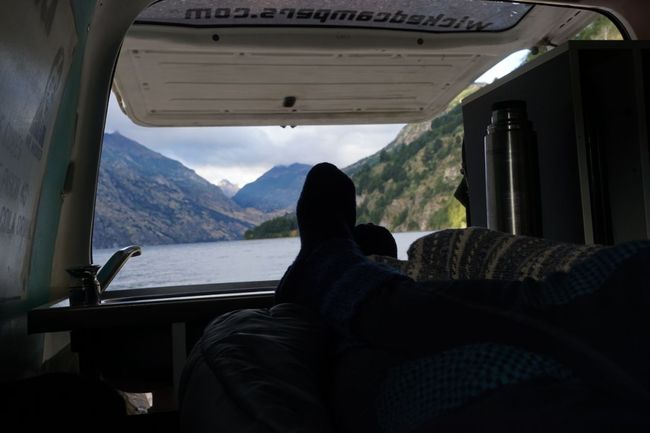
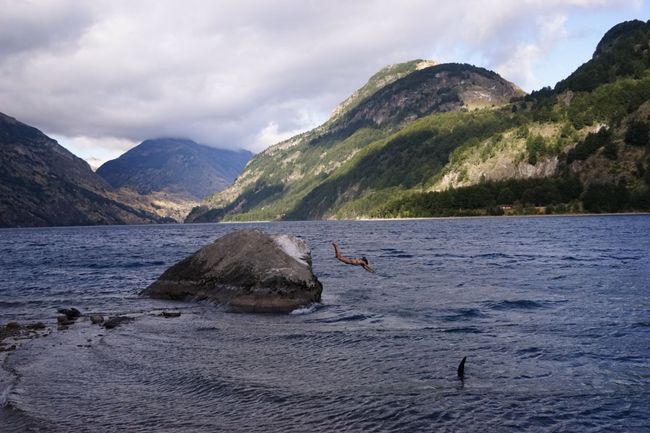
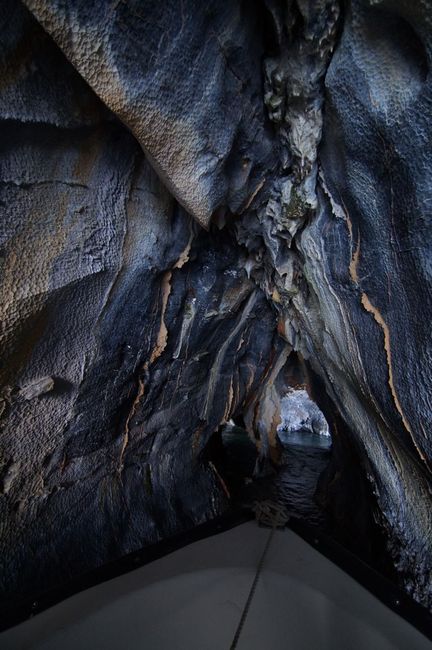
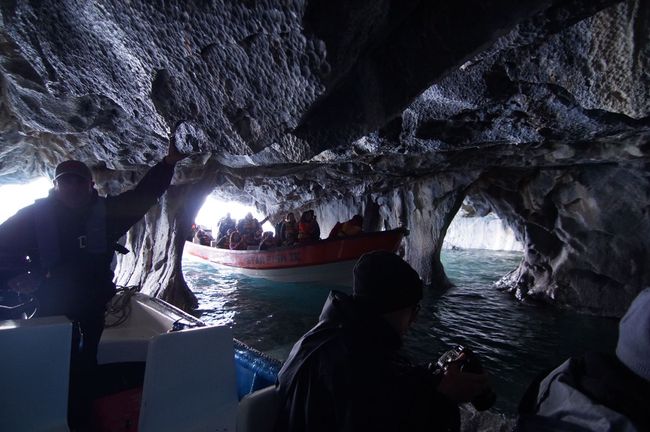
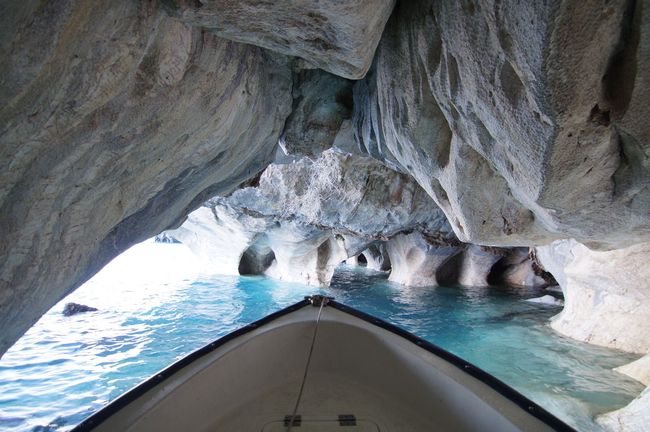
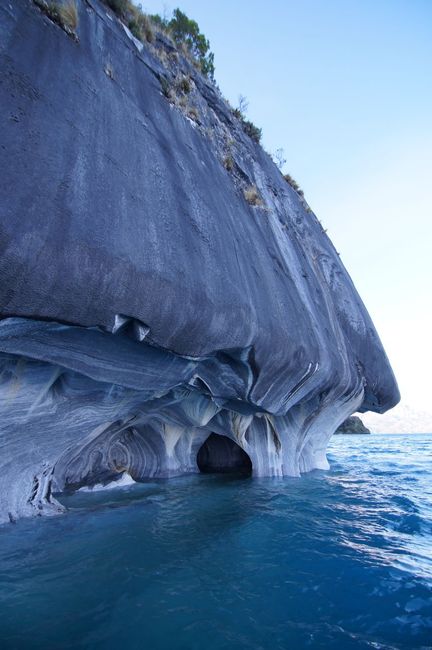
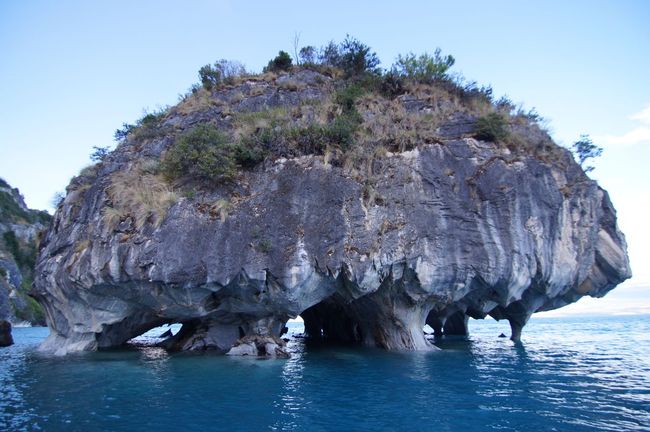
مشترک شدن در خبرنامه
Thursday, 05.03.2020
We start the day slowly and leave the campground around noon. We want to do some shopping in town since we almost depleted our supplies for the border crossing. But it would be too easy to just get everything at the supermarket, which is also a hardware store and an electronics store. So we spend two hours getting bread at the small bakery, fresh produce at the vegetable stand, nuts, dried fruits, and unpackaged cheese at a small sweet shop, and the rest at a mini market. Exhausted, we sit down in a café, indulge in delicious food, and do some internet and photo stuff.
Later, we drive with hitchhikers in the car to Confluencia Río Baker, where the mentioned river joins Río Neff. It looks absolutely beautiful because the wide, bright blue Río Baker loses height in cascades over many small waterfalls before. A little further in Puerto Bertrand we set up camp by the riverbank and spend a cozy evening.
Friday, 06.03.2020
The soft, cozy sound of rain wakes us up in the morning (after I snoozed the alarm multiple times). It's nice until you have to get up and pee. But there's no choice, so we put on our rain jackets and go. Luckily, the rain stops shortly after for breakfast, then we continue with new hitchhikers heading north.
The next stop is in Puerto Río Tranquilo, a small town by the big lake. However, the wind is strong again, making the waves on the lake look like a surfable sea. From here, you can take a boat trip to the Marble Caves, but the weather is too bad and Ben doesn't feel like riding the small motorboat over the waves. Maybe on the way back. We stroll around the deserted town and then take a siesta in the van - it's raining.
In the late afternoon, we continue north, picking up a wet Canadian couple on the way. They have already walked 7 km in the rain with their luggage and were about to give up and set up camp by the roadside. We have a nice conversation with them, as most hitchhikers so far have spoken little English and it's much easier this way than in Spanish. In the next town, Villa Cerro Castillo, it's even more deserted, almost like a ghost town. The wind blows cold rain into our faces and we don't know where to go. Outdoor life is not as much fun in this weather. We decide to drive a few more kilometers to a remote campground and are very happy with the decision. Being the only guests, we stand between chickens and sheep and make a small fire in a shelter. However, the strong wind burns the wood at maximum speed and the warmth dissipates immediately. We cook and eat quickly, then it's time for bed.
The night is restless because it suddenly gets unexpectedly cold. Despite long underwear, socks, scarf, and headband, I shiver all night. The fleece sweater I put on later helps a bit, I didn't expect it to be so cold. But it could be worse. We think that every time we pass the crazy cyclists who struggle uphill in the rain with headwind on the muddy gravel road.
Saturday, 07.03.2020
Today we find out why it was so cold yesterday. It snowed on the hill next to us, only a few hundred meters above us, during the night. The hostess of the campground confirms that it's the first rain and snow here in a long time. We spend the morning in the heated dining room with our first mate and homemade cake. Drinking mate is a tradition here and most locals walk around constantly with their mate cup and a thermos. The cup contains a metal straw and a bunch of mate leaves, which are carefully poured over with hot water from the thermos. You don't stir, but drink the tea with the straw from the bottom. It's quite bitter at the beginning but gets milder and tastier with each infusion. However, I don't think we'll become constant mate drinkers. Then we continue north.
The next stop is the larger town of Coyhaique, where we walk back and forth through the center multiple times. We also fall into the attractive consumer traps again and buy nice Alpaca sweaters (hopefully real) and outdoor gear at the Patagonia outlet. Then we have a delicious veggie burger by the road and buy groceries at the supermarket. Every time we are shocked by the prices of groceries. It's cloudy and occasionally drizzling.
In the late afternoon, we continue because we don't want to stay in the city. For a while, we have a paved road again, which is very pleasant. Behind Coyhaique, however, it continues with gravel and a never-ending construction site. We pick up two Chileans and give them a ride for about three hours until our paths separate at an intersection. It's raining heavily, and it's also unpleasant to navigate through the winding roads in the dark. We have a nice conversation with the guys, and they show us good Chilean music. This time we sleep unromantically in a parking lot by the roadside because there is no better option nearby, but it's a quiet night.
Sunday, 08.03.2020
Despite the rain, we have breakfast with the hatch open, then we continue on slippery, potholed gravel switchbacks. The destination is the small town of Puyuhuapi by the sea. However, it looks more like a lake because there is a huge island in front of it, blocking the view. We explore the town at noon and stroll along the waterfront, buy rolls at a private house (that's how it's done here), and then look for the coziest campground. The rest of the day is wasted with internet, lounging in the van, and simply doing nothing.
Monday, 09.03.2020
We really need the peace and take it very slow today. After a hearty breakfast, I motivate myself to do some yoga because even though I enjoy it and it's good for me, I have to overcome myself every time and kick my own butt. Then we go to Queulat National Park for a short hike to see a hanging glacier - a glacier that ends abruptly high up on the mountain and ends its way into the valley with a long waterfall.
It looks impressive, but for us, the long suspension bridge on the way is more interesting. On the one hand, it is much more photogenic, on the other hand, I believe that bridges have a magical attraction for us humans. I think it is in human nature to evolve and to go beyond borders. Moreover, bridges create a connection to previously unknown places and people, satisfying our innate curiosity.
One minute before closing time, we drive through the gate and continue a bit further south on a beautiful, quiet parking spot by the river, far away from the main road. Unfortunately, Puyuhuapi was our northern turning point because we have to return the rental car to Punta Arenas. From now on, we will be going back almost the same way.
Tuesday, 10.03.2020
We spent today in Coyhaique again, where Ben can try his first ceviche. I had pizza. On the way, we both fall into a food coma and head to the nearest campground by a nearby lake - Lago Paloma. We can park right by the shore, and there are only a few anglers besides us. We are quite impressed by the massive, steep rock walls that surround the lake. We didn't expect that. Once the anglers have left, we have the lake all to ourselves, play the ukulele a bit, and read. Soft rain lulls us to sleep, the night is pleasantly warm.
We are very fascinated by the landscape in Patagonia, and the people have also positively surprised us so far. We can imagine coming back with our own car and taking more time. However, I'm also looking forward to the other (solo) travel mode again, as we can almost always stay among ourselves and not establish connections with other people.
Wednesday, 11.03.2020
The lake somehow magically attracts me, I have to get in there. But since it's still quite chilly in the morning, I warm up with a few steps. And then I dare to go into the cool water. A few strokes swim, then I have to climb onto rocks and jump off them again for Ben's photography. The water is cold, but not freezing. The wind outside is almost worse. Jumping in presents more problems than I thought. As a child, I never really learned how to do a proper dive and was always afraid of high diving boards. Knowing this, I worked on my diving technique a few times last summer, but only on low piers. The stone is almost two meters high, and my head blocks it. It just won't let me dive headfirst. First, I do a cannonball, that works. Then two feeble attempts at a dive, but I feel too insecure technically and fear a belly flop. This feeling of not being able to do it has overwhelmed me a bit. I have a similar feeling when climbing in difficult, exposed passages or during fall training. In the future, I want to fight this with better technique and more practice because I don't like feeling so helpless.
With the heating on full blast, we continue to Puerto Río Tranquilo and weigh the pros and cons of seeing the Marble Cathedral by boat or kayak, which the lake has carved into the rock walls with the wind. In the end, I go alone by boat (with other tourists, but without Ben) because he is afraid of motion sickness on the small motorboat. Kayaking would have been possible again tomorrow, but at 5°C and rain. I take lots of photos for Ben and chat with the German fellow passengers. I can also translate a bit for them as the guide only speaks Spanish. Over millions of years, the weather has created beautiful chapels and tunnels in the marble rock, and we get very close to the formations and can even touch them by boat. Otherwise, it's a very touristy affair. But we are lucky with the sparse occupancy on our boat (6 guests). The other boats we encounter are much fuller with 10-20 guests.
مشترک شدن در خبرنامه
پاسخ (1)
Alfred
Liebe Lena,
... ich bin zunehmend beeindruckt mit welcher Ausdauer du seit Monaten deine sehr interessant geschrieben Reisebericht postest und deine Freunde an der Reise teilhaben lässt! Dafür von mir auch mal ein herzliches Danke... und ich lehne mich nicht zu weit aus dem Fenster, wenn ich diesen Dank auch für andere ausspreche von denen ich weiß, dass sie deine Reiseberichte ebenfalls mit großer Begeisterung lesen. Also, no obligation, aber wenn's geht, gerne weiter so...
Bleib gesund
Al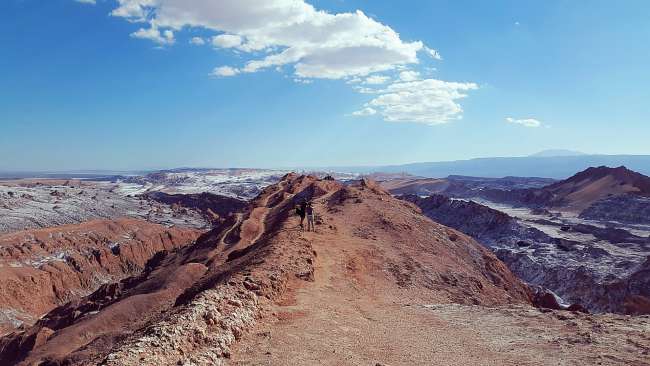
گزارش سفر شیلی
